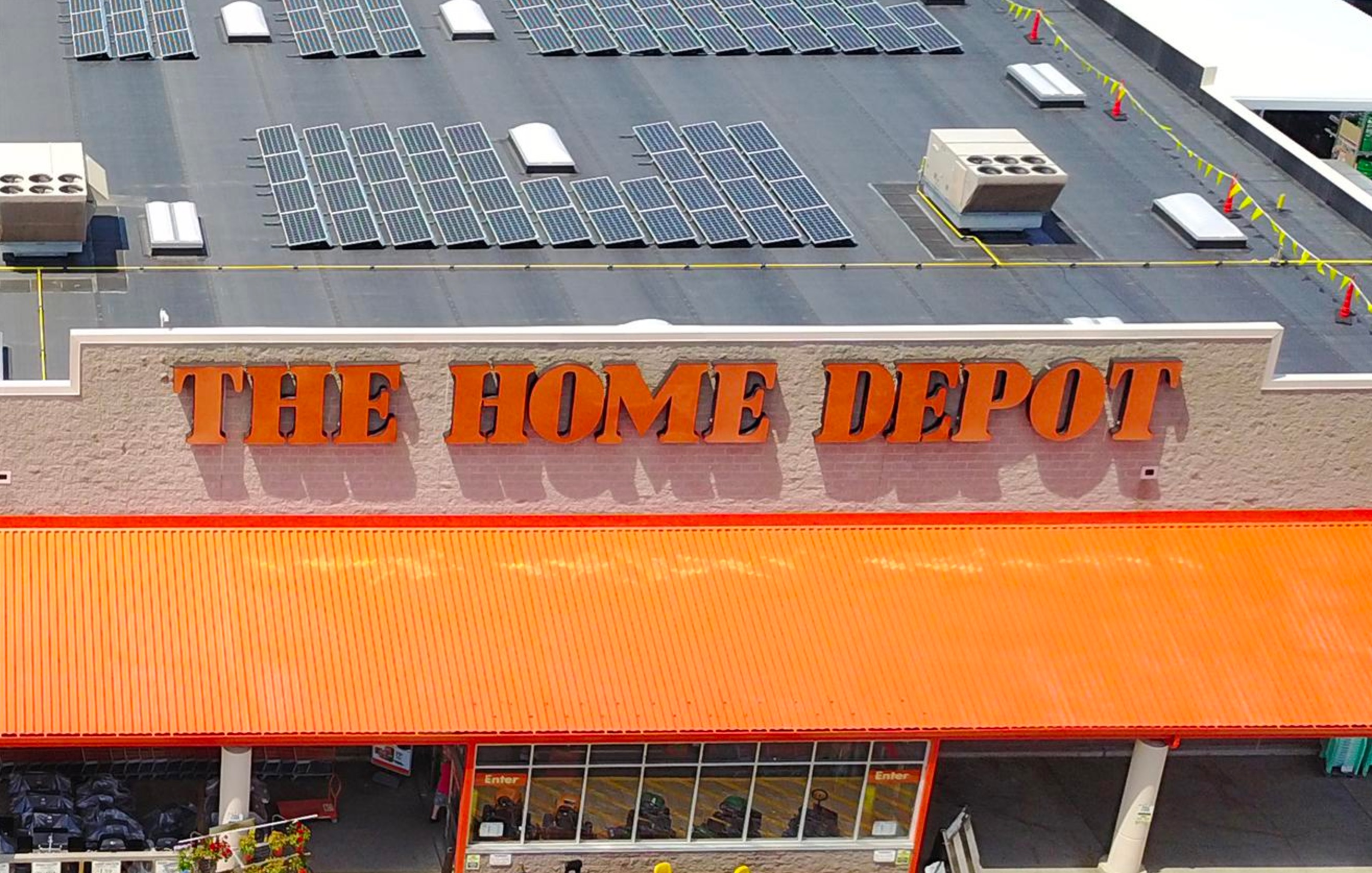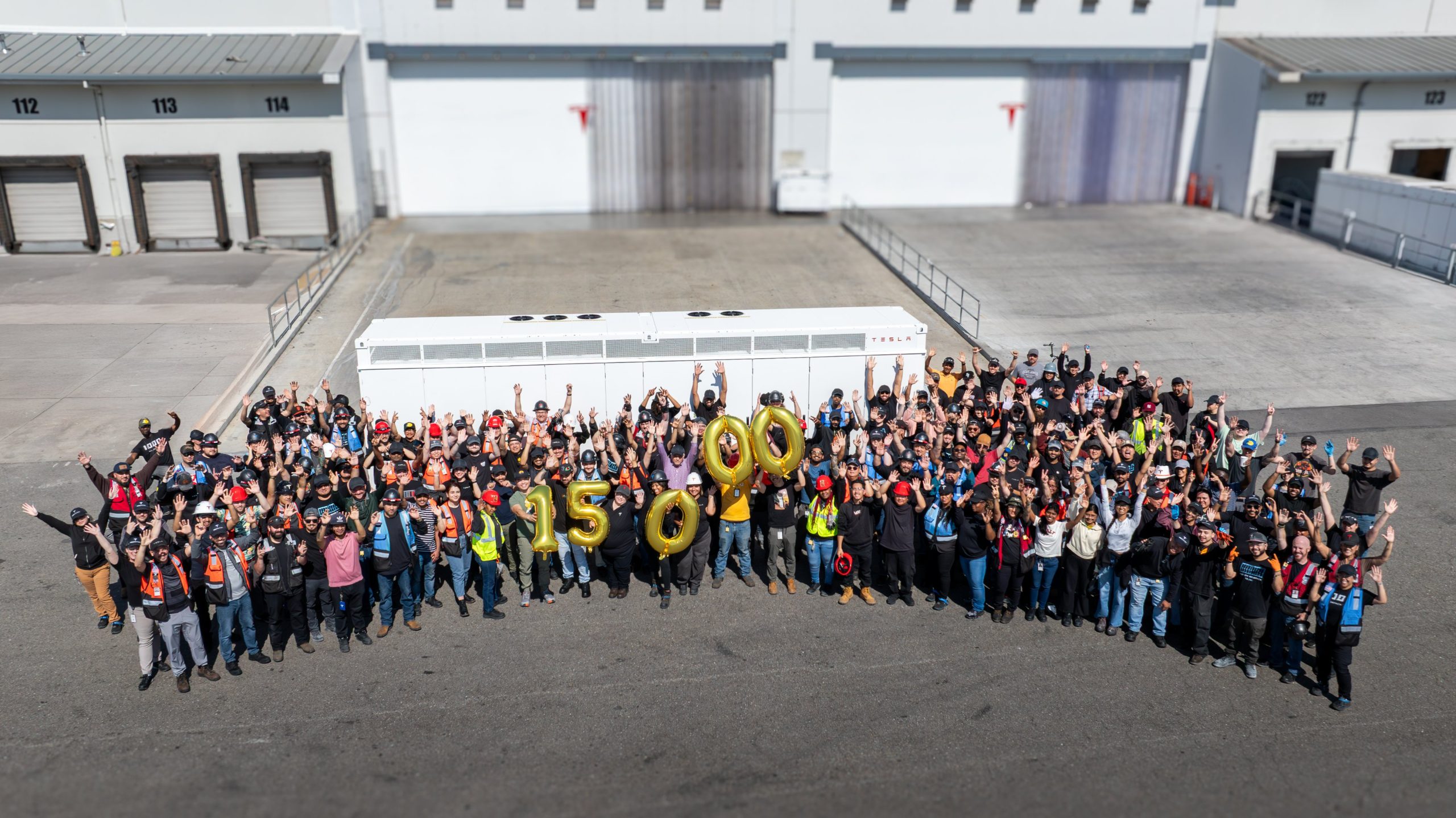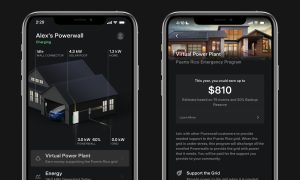

Energy
Tesla to end Home Depot partnership as it closes 12 solar facilities: report
Tesla is closing around a dozen of its solar facilities across nine states in the United States. The closures of the solar sites are reportedly part of the company’s ongoing restructuring, which is set to lay off 9% of Tesla’s workforce.
According to Reuters, the information comes from three internal company documents and statements from seven present and former Tesla employees. The documents accessed by the publication state that the latest cuts to the division come from a part of the company that was once SolarCity. Tesla’s partnership with Home Depot to push sales of its solar solutions and Powerwall 2 home batteries is set to be discontinued as well. According to Home Depot spokesman Stephen Holmes, its partnership with Tesla would last through the end of 2018, after which it would continue a partnership with competitor Sunrun in a number of its stores.
An internal company list reviewed by Reuters added that after the closures of the solar facilities, about 60 solar installation sites would remain open. The facilities that will be closed are reportedly located in California, Texas, Maryland, New York, New Jersey, Connecticut, New Hampshire, Delaware, and Arizona. Solar customer service staff at call centers in Utah and Nevada have also been reportedly laid off by the company.

A Tesla Powerwall 2 displayed in a Home Depot outlet. [Credit: Xixu/Twitter]
With the Home Depot partnership terminated, Tesla will now push its solar solutions through its own stores. Personnel from the facilities that are set to be closed are being transferred to other sites as well. In a statement to Reuters, Tesla noted that the company still expects to grow its solar and battery business over time.
“We continue to expect that Tesla’s solar and battery business will be the same size as automotive over the long term. Tesla stores have some of the highest foot traffic of any retail space in the country,” the company said.
While stopping its partnership with Home Depot might come off as alarming, GTM Research analyst Austin Perea noted that the deal might have been discontinued as a means to reduce unnecessary expenses. While the Home Depot partnership accounted for a significant number of solar and energy sales for Tesla, third-party retail partnerships are among the most expensive means of generating sales in the solar industry. According to Perea, the cost of winning a customer through Home Depot could cost up to $7,000 per system, roughly 45% more compared to the national average of $4,000 per installation.
Tesla’s energy business is steadily growing, however. Last month, CTO JB Straubel noted in a statement to Fast Company that Tesla had installed 1 GWh worth of energy storage to date, an impressive figure that was reiterated by Elon Musk during the company’s 2018 Annual Shareholder Meeting. During the investors’ event, Musk noted that Tesla would be doing another 1 GWh project less than a year from now, with more growth set to happen within the next few years. As could be seen in Tesla’s 10-Q form for Q1 2018, the company’s energy and storage revenue increased 92% in the three months ended March 31, 2008 year-on-year, primarily due to the earnings of the 129 MWh Powerpack farm in South Australia, which generated $72.5 million on its own.
Tesla continues to deploy its energy solutions to several projects across the globe. Currently, Tesla is involved in roughly 11,000 projects in Puerto Rico, where it continues to help communities damaged by Hurricane Maria get back on their feet. Tesla is also starting on the beginnings of a virtual power plant in South Australia involving 50,000 residential homes fitted with Powerwall 2 home batteries and residential solar.
Energy
Tesla launches first Virtual Power Plant in UK – get paid to use solar
Tesla has launched its first-ever Virtual Power Plant program in the United Kingdom.

Tesla has launched its first-ever Virtual Power Plant program in the United Kingdom. This feature enables users of solar panels and energy storage systems to sell their excess energy back to the grid.
Tesla is utilizing Octopus Energy, a British renewable energy company that operates in multiple markets, including the UK, France, Germany, Italy, Spain, Australia, Japan, New Zealand, and the United States, as the provider for the VPP launch in the region.
The company states that those who enroll in the program can earn up to £300 per month.
Tesla has operated several VPP programs worldwide, most notably in California, Texas, Connecticut, and the U.S. territory of Puerto Rico. This is not the first time Tesla has operated a VPP outside the United States, as there are programs in Australia, Japan, and New Zealand.
This is its first in the UK:
Our first VPP in the UK
You can get paid to share your energy – store excess energy in your Powerwall & sell it back to the grid
You’re making £££ and the community is powered by clean energy
Win-win pic.twitter.com/evhMtJpgy1
— Tesla UK (@tesla_uk) July 17, 2025
Tesla is not the only company that is working with Octopus Energy in the UK for the VPP, as it joins SolarEdge, GivEnergy, and Enphase as other companies that utilize the Octopus platform for their project operations.
It has been six years since Tesla launched its first VPP, as it started its first in Australia back in 2019. In 2024, Tesla paid out over $10 million to those participating in the program.
Participating in the VPP program that Tesla offers not only provides enrolled individuals with the opportunity to earn money, but it also contributes to grid stabilization by supporting local energy grids.
Energy
Tesla Lathrop Megafactory celebrates massive Megapack battery milestone
The Tesla Megapack is the backbone of Tesla Energy’s battery deployments.

The Tesla Lathrop Megafactory recently achieved a new milestone. As per the official Tesla Megapack account on X, the Lathrop Megafactory has produced its 15,000th Megapack 2 XL battery.
15,000 Megapack Batteries
Tesla celebrated the milestone with a photo of the Lathrop Megafactory team posing with a freshly produced Megapack battery. To commemorate the event, the team held balloons that spelled out “15,000” as they posed for the photo.
The Tesla Megapack is the backbone of Tesla Energy’s battery deployments. Designed for grid-scale applications, each Megapack offers 3.9 MWh of energy and 1.9 MW of power. The battery is extremely scalable, making it perfect for massive energy storage projects.
More Megafactories
The Lathrop Megafactory is Tesla’s first dedicated facility for its flagship battery storage system. It currently stands as the largest utility-scale battery factory in North America. The facility is capable of producing 10,000 Megapack batteries every year, equal to 40 GWh of clean energy storage.
Thanks to the success of the Megapack, Tesla has expanded its energy business by building and launching the Shanghai Megafactory, which is also expected to produce 40 GWh of energy storage per year. The ramp of the Shanghai Megafactory is quite impressive, with Tesla noting in its Q1 2025 Update Letter that the Shanghai Megafactory managed to produce over 100 Megapack batteries in the first quarter alone.
Tesla Energy’s Potential
During the first quarter earnings call, CEO Elon Musk stated that the Megapack is extremely valuable to the energy industry.
“The Megapack enables utility companies to output far more total energy than would otherwise be the case… This is a massive unlock on total energy output of any given grid over the course of a year. And utility companies are beginning to realize this and are buying in our Megapacks at scale,” Musk said.
Energy
Tesla Megapacks powers the xAI Colossus supercomputer
Tesla Megapacks step in to stabilize xAI’s Colossus supercomputer, replacing natural gas turbines. Musk’s ventures keep intertwining.

Tesla Megapack batteries will power the xAI Colossus supercomputer in Memphis to ensure power stability. The collaboration between Tesla and xAI highlights the synergy among Elon Musk’s ventures.
The artificial intelligence startup has integrated Tesla Megapacks to manage outages and demand surges, bolstering the facility’s reliability. The Greater Memphis Chamber announced that Colossus, recently connected to a new 150-megawatt electric substation, is completing its first construction phase. This transition addresses criticism from environmental justice groups over the initial use of natural gas turbines.
“The temporary natural gas turbines that were being used to power the Phase I GPUs prior to grid connection are now being demobilized and will be removed from the site over the next two months.
“About half of the operating turbines will remain operating to power Phase II GPUs of xAI until a second substation (#22) already in construction is completed and connected to the electric grid, which is planned for the Fall of 2025, at which time the remaining turbines will be relegated to a backup power role,” the Chamber stated.
xAI’s rapid development of Colossus reflects its ambition to advance AI capabilities, but the project has faced scrutiny for environmental impacts. The shift to Megapacks and grid power aims to mitigate these concerns while ensuring operational continuity.
The Megapack deployment underscores the collaboration among Musk’s companies, including Tesla, SpaceX, Neuralink, and The Boring Company. Tesla appears to be the common link between all of Musk’s companies. For example, The Boring Company built a tunnel in Giga, Texas. In addition, Musk has hinted at a potential collaboration between the Tesla Optimus Bot and Neuralink. And from January 2024 to February 2025, xAI invested $230 million in Megapacks, per a Tesla filing.
Tesla Energy reported a 156% year-over-year increase in Q1 2025, deploying 10.4 GWh of storage products, including Megapacks and Powerwalls. Tesla’s plans for a new Megapack factory in Waller County, Texas, which is expected to create 1,500 jobs in the area, further signal its commitment to scaling energy solutions.
As xAI leverages Tesla’s Megapacks to power Colossus, the integration showcases Musk’s interconnected business ecosystem. The supercomputer’s enhanced stability positions xAI to drive AI innovation, while Tesla’s energy solutions gain prominence, setting the stage for broader technological and economic impacts.
-

 Elon Musk1 day ago
Elon Musk1 day agoWaymo responds to Tesla’s Robotaxi expansion in Austin with bold statement
-

 News1 day ago
News1 day agoTesla exec hints at useful and potentially killer Model Y L feature
-

 Elon Musk2 days ago
Elon Musk2 days agoElon Musk reveals SpaceX’s target for Starship’s 10th launch
-

 Elon Musk3 days ago
Elon Musk3 days agoTesla ups Robotaxi fare price to another comical figure with service area expansion
-

 News1 day ago
News1 day agoTesla’s longer Model Y did not scale back requests for this vehicle type from fans
-

 News1 day ago
News1 day ago“Worthy of respect:” Six-seat Model Y L acknowledged by Tesla China’s biggest rivals
-

 News2 days ago
News2 days agoFirst glimpse of Tesla Model Y with six seats and extended wheelbase
-

 Elon Musk2 days ago
Elon Musk2 days agoElon Musk confirms Tesla is already rolling out a new feature for in-car Grok








